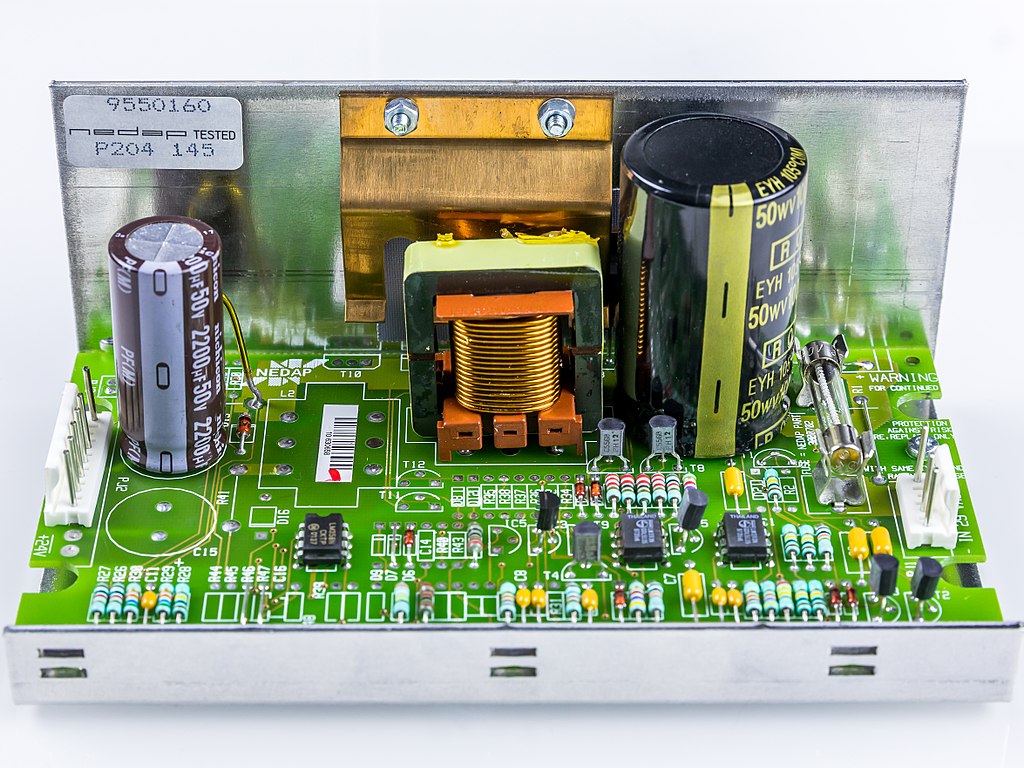Follow along with the video below to see how to install our site as a web app on your home screen.
Note: This feature may not be available in some browsers.
YesIs this homework?
Maybe, but you decided not to share any of that with us. How do you expect us to help you?I wrote how it works, and I should at least draw a diagram of this regulator and that's it
Sorry, this is my first time on this site, and I didn't know it was necessary... i will write everything nowMaybe, but you decided not to share any of that with us. How do you expect us to help you?
I probably won't be able to do that... I can't draw a diagramPlease copy the description you wrote. If you were able to describe its operation, you can draw a block diagram. From there, a schematic may be drawn.
What prevents you from doing that?I can't draw a diagram
The ultimately simplest device that strictly fits within that definition is a conventional triac + diac "Light dimmer".the scheme and operation of the AC voltage regulator with pulse-width control on the active load. + time charts
Variable voltage regulator (VVR) with pulse-width modulation for active load is a device that allows maintaining the output voltage of the inverter at a constant level regardless of changes in load and input voltage.
With pulse-width modulation (PWM), the output voltage of the inverter is modulated by changing the width of the pulses depending on the required output power. VVR performs the function of regulating the output voltage and converting AC voltage to DC.
VVR consists of a series of components, including a detection circuit, error amplifier, comparator, control circuit, and power supply. The detection circuit determines the current value of the output voltage of the inverter, while the error amplifier compares this value with the desired value and generates a control error. The comparator compares the error with a reference voltage, and the control circuit generates a PWM signal at the output of the inverter.
As a result, VVR allows providing stable voltage at the output of the inverter, and therefore, stable operation of the active load. This is especially important for modern electrical appliances that require accurate and stable voltage for reliable operation. VVR finds application in various fields, including industry, energy production, telecommunications, and household appliances



